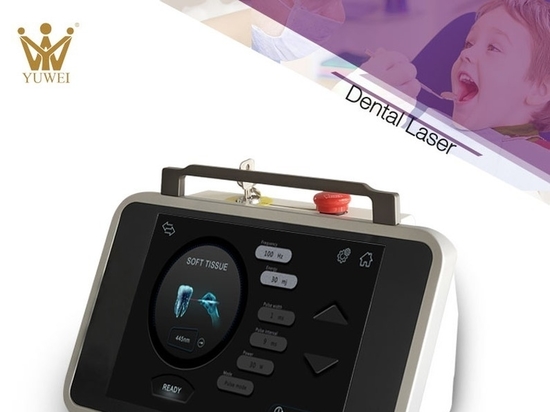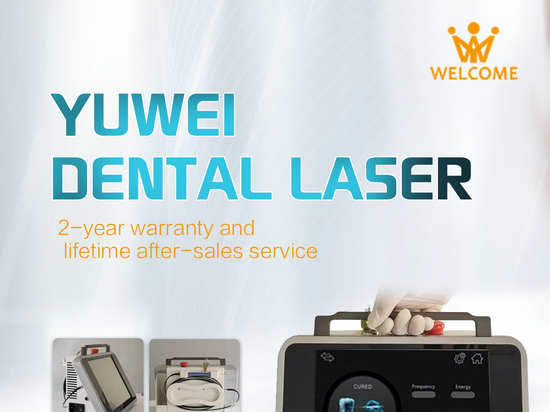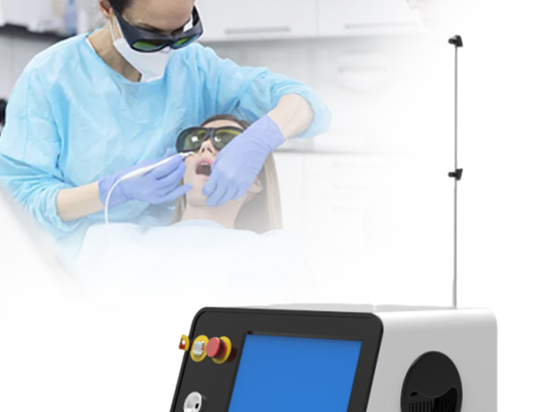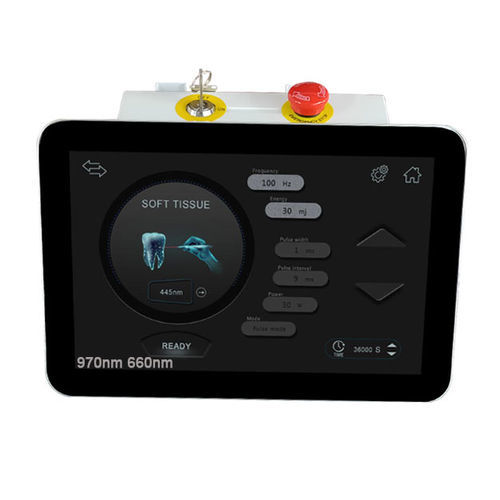
#Industry News
Environmental Impact Analysis of Disposable Dental Tools
Disposable dental tools are widely used in modern medical practices, significantly improving hygiene standards. However, their large-scale production and disposal have a notable environmental impact.
The use of disposable dental tools stems from the need for patient safety and medical hygiene. These tools, primarily made of plastic, metal, and rubber, are designed for single use to prevent cross-contamination. While this practice improves healthcare quality, it has profound environmental consequences.
Environmental Costs in Production
The production of disposable dental tools relies on petroleum-based materials like polypropylene and PVC. The extraction and manufacturing processes emit large amounts of greenhouse gases, accompanied by resource depletion and pollution. Globally, millions of tons of plastic are used annually for medical disposables, a significant portion of which is attributed to dentistry.
Challenges in Waste Management
Used disposable tools are classified as medical waste and require incineration or landfilling. Incineration releases harmful substances such as dioxins, while landfills contribute to microplastic pollution in groundwater. Furthermore, improperly handled waste often enters natural environments, threatening ecosystems and biodiversity.
Social Awareness of Environmental Impact
Despite the significant environmental impact of disposable tools, public awareness remains limited. Many dental professionals and patients lack comprehensive understanding, hindering the implementation of waste management systems and environmentally friendly technologies.
Potential Solutions to Reduce Environmental Impact
Material Innovation: Develop biodegradable or recyclable materials to reduce plastic usage and pollution.
Optimized Design: Create multifunctional or modular tools to minimize unnecessary material waste.
Improved Recycling Rates: Establish dedicated recycling channels in medical institutions and collaborate with waste management agencies to reduce landfill and incineration rates.
Promoting Environmental Awareness: Educate dental professionals about environmental issues and encourage patients to participate in green initiatives.
Conclusion
The widespread use of disposable dental tools brings convenience to healthcare but poses serious environmental challenges. Only through technological innovation, policy support, and collective efforts can healthcare quality and environmental protection coexist. The dental field must incorporate eco-friendly practices into medical processes to contribute to sustainable development.





